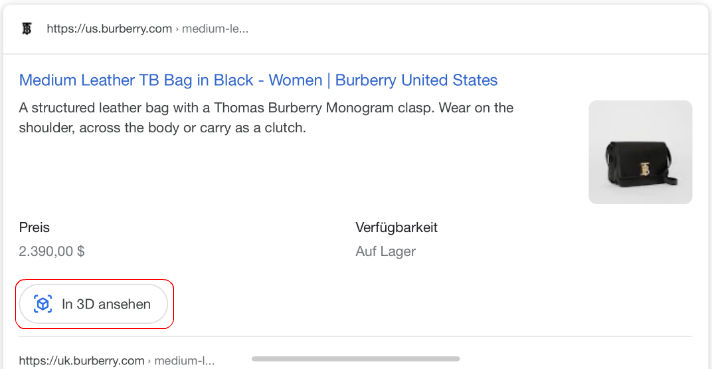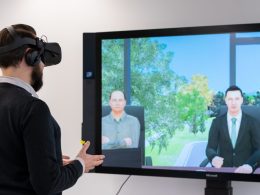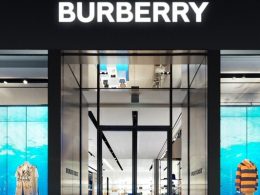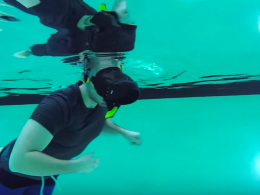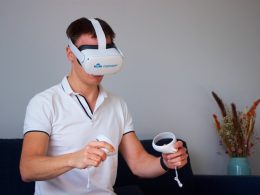Google is opening up to 3D models with augmented reality effects of products in its search results. This may offer new opportunities for marketing.
Will augmented reality soon be making its way into Google's search results in a big way? For a few weeks now, users in certain countries have at least been able to call up 3D product models of companies and retailers such as Cadillac, Burberry and Target from Google mobile search and view them from all sides using the smartphone camera in their immediate vicinity.
The "Medium Leather TB Bag" from British luxury brand Burberry is said to cost just under 2,400 US dollars. Before you buy the luxury item, you can now view the object directly from Google Search. If you use the mobile version of Google to search for burberry medium leather tb bag can call up a corresponding virtual 3D model and place it next to an existing outfit, for example, using the mobile phone camera. A separate app is not required for this.
The "View in 3D" button takes users to the camera view of the mobile phone, where they can view a virtual model of the handbag from all sides
Samsung, Wayfair and Volvo are among the first test candidates
Burberry is not the first company to utilise this function. Since last December For example, the car brand Cadillac, which belongs to General Motors, is also making it possible to view its new XT6 SUV model in 3D using Google's augmented reality function. A few weeks ago, the employee of a US agency that works for Hyundai posted a video on LinkedInThis shows that the South Korean car manufacturer will also use this function in the future.
Google manager Aparna Chennapragada presented the possibility of embedding an augmented reality function in Google's search results pages (SERPs) back in May 2019 at the I/O developer conference. In Google's company blog it was announced at the time that companies such as shoe manufacturer New Balance, electronics company Samsung, Swedish car manufacturer Volvo and US online furniture shop Wayfair would also be using this function.
If you want to take part, you still have to apply for it
Since a few weeks, Google's documentation page for developers find an explanation of how such 3D models can be integrated into search results. However, interested parties must register via a form apply to test this function.
For all those who want to participate, the biggest effort will probably be to create 3D models of their own products. The respective website operator must then upload the corresponding 3D file to their own web space and then make it findable and identifiable for Google by adding a code snippet. a guide to this The Swiss online marketing consultant Samuel Schmitt has the answer. Whether Google then integrates the 3D model into the search results or not is likely to be decided solely by the company's algorithm.
Is the "virtual try-on" function coming soon?
So far, users can only zoom in or out of the respective 3D model, place it in their environment and then view it from all sides. However, it is quite conceivable that Google is already working on further functions here. For its video platform YouTube, the company announced in June 2019 presented a new AR advertising formatwhich allows users to try out products on themselves as part of a "virtual try-on", for example the colour of a lipstick on their own mouth. Other platforms such as Pinterest and Instagram have already introduced similar features, as we have shown.
Even without such possibilities, marketers should probably consider whether it makes sense for them to utilise the AR function in Google's search engine. On the one hand, it opens up the opportunity to offer potential buyers a more emotional product experience if, for example, they can view a car from all sides directly in front of their own home. On the other hand, the "View in 3D" button simply increases your visibility in the SERPs.
Source: OMR





